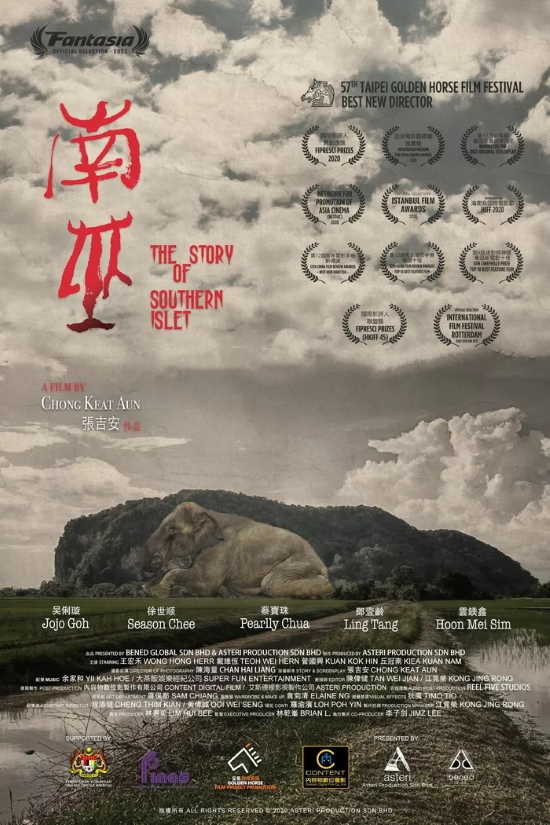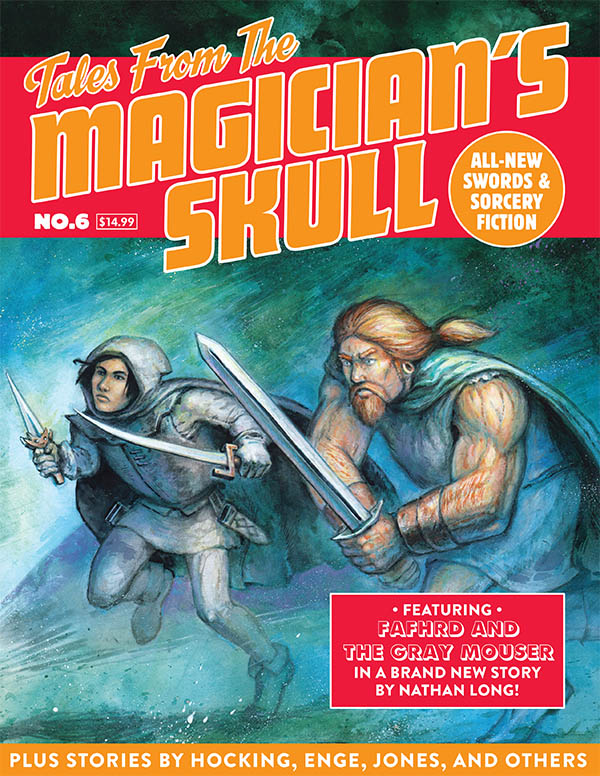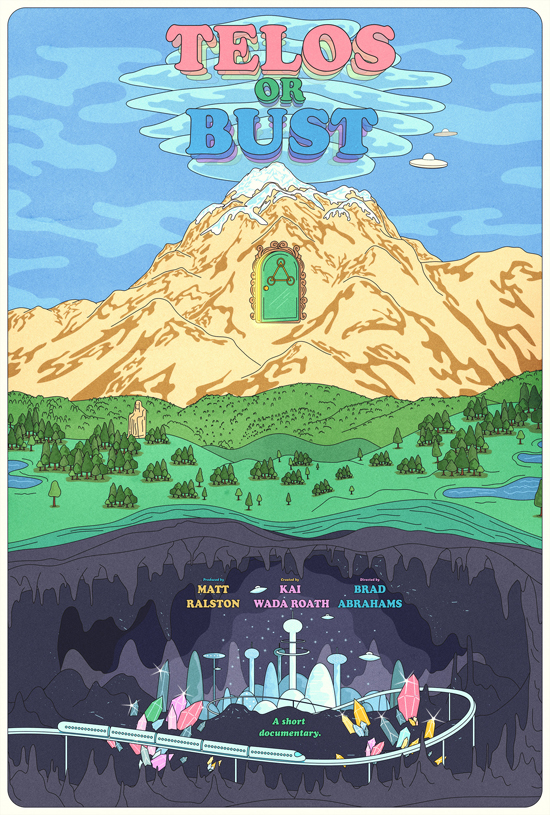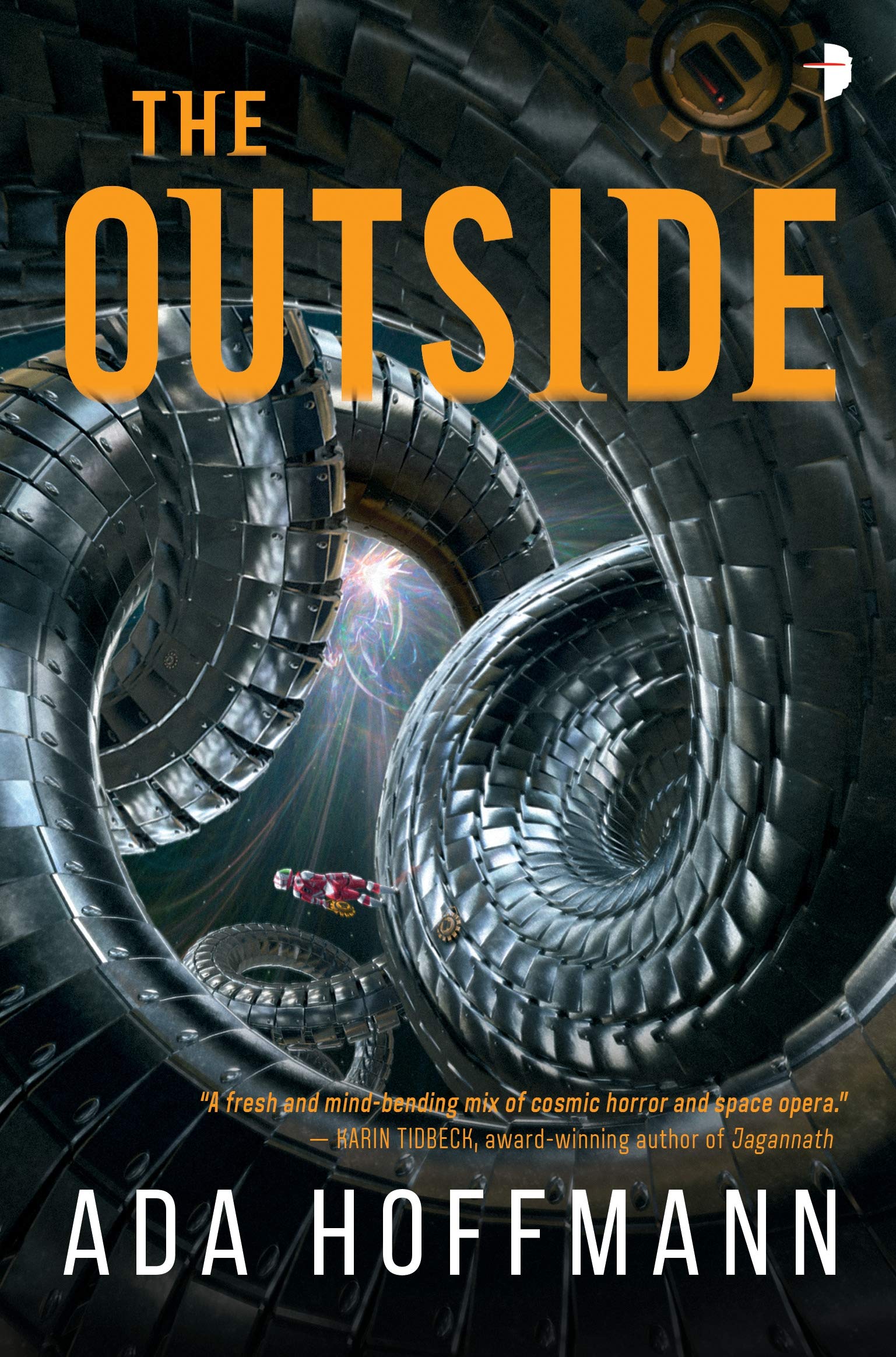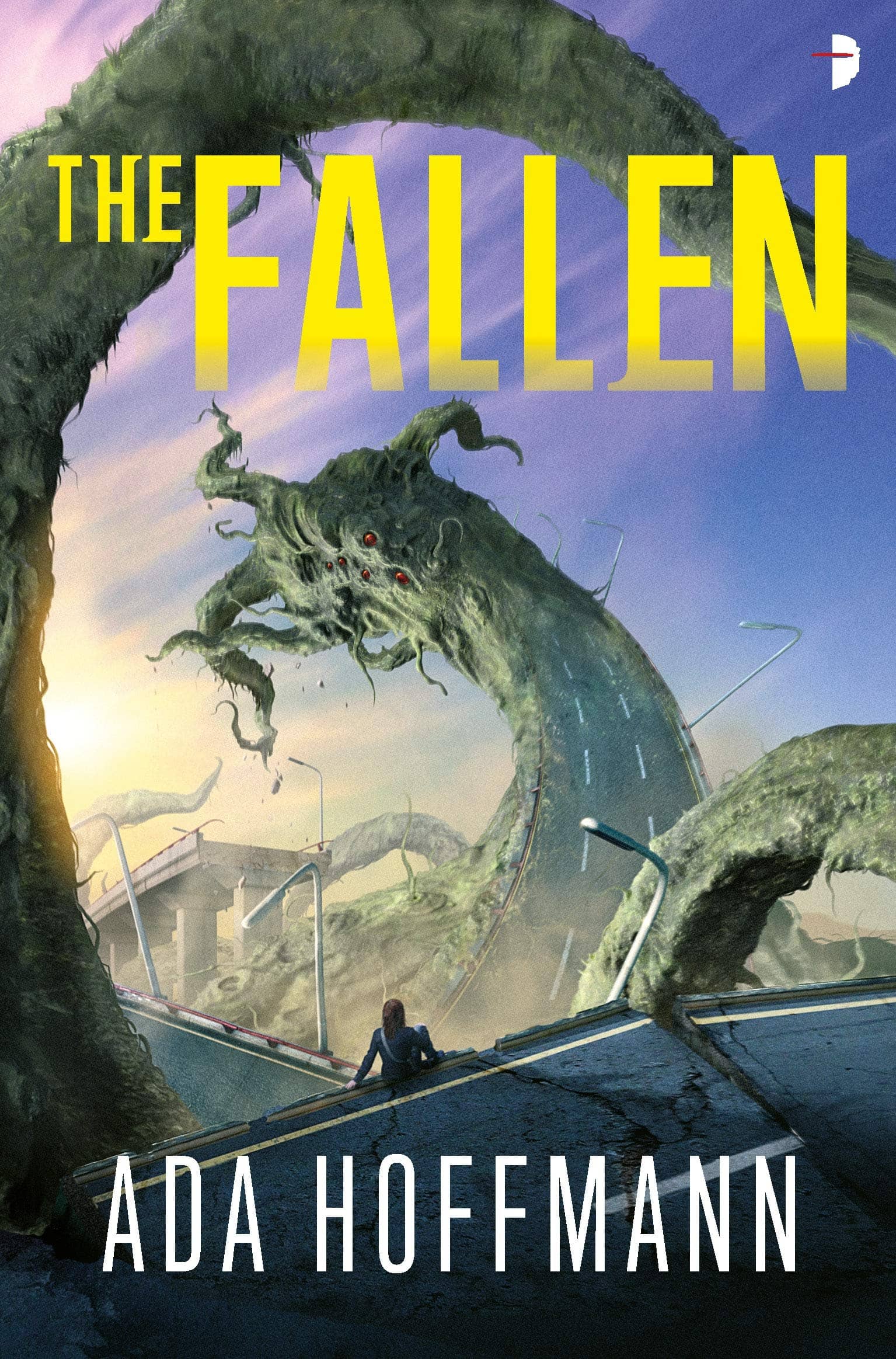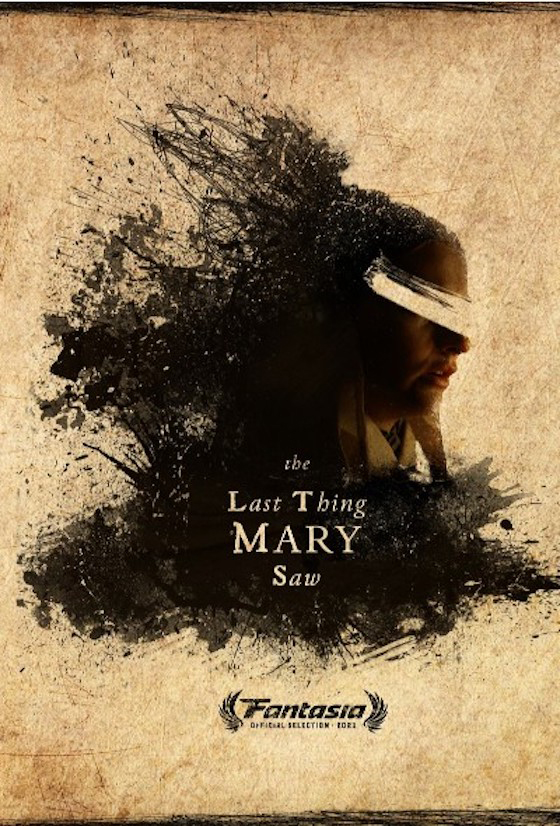Fantasia 2021, Part XXXIX: Dr. Caligari
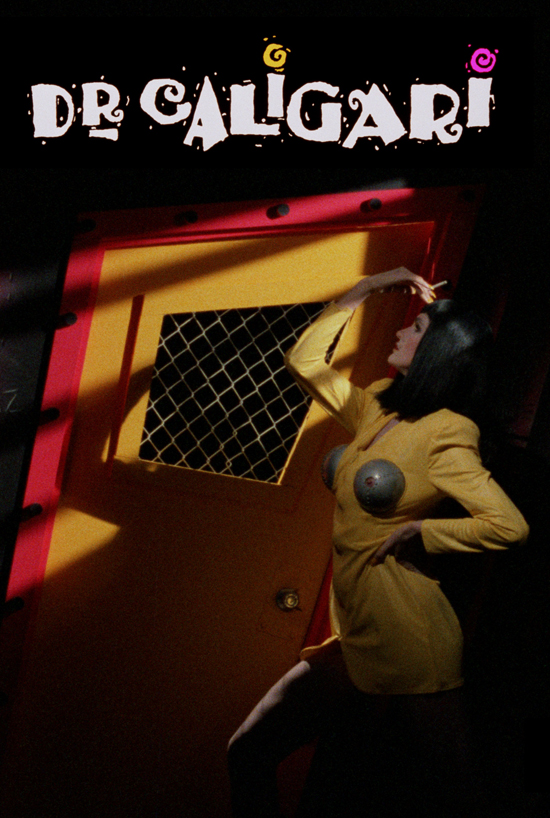 Dr. Caligari is a definitely a feature film. We can start there. But let’s be careful; this is not The Cabinet of Dr. Caligari, the classic German Expressionist movie from 1920. This Dr. Caligari is an American movie from 1989, directed by Stephen Sayadian and co-written by Sayadian with Jerry Stahl (Wikipedia tells me it was briefly known as Dr. Caligari 3000 when it first came out). A new 4K restoration by Acid Pictures is coming to blu-ray, and it played this year’s Fantasia Film Festival first. The film’s usually called an exploitation movie, but it’s unclear to me who or what it’s exploiting, exactly. What it is, in essence, is unclassifiable weirdness from the depths of the 1980s.
Dr. Caligari is a definitely a feature film. We can start there. But let’s be careful; this is not The Cabinet of Dr. Caligari, the classic German Expressionist movie from 1920. This Dr. Caligari is an American movie from 1989, directed by Stephen Sayadian and co-written by Sayadian with Jerry Stahl (Wikipedia tells me it was briefly known as Dr. Caligari 3000 when it first came out). A new 4K restoration by Acid Pictures is coming to blu-ray, and it played this year’s Fantasia Film Festival first. The film’s usually called an exploitation movie, but it’s unclear to me who or what it’s exploiting, exactly. What it is, in essence, is unclassifiable weirdness from the depths of the 1980s.
There is something that looks like a plot. At an insane asylum run by a woman named Doctor Caligari (Madeleine Reynal), granddaughter of the famous one, inmates are being subjected to a dangerous new procedure. Caligari’s experimenting with ways to extract the nature of one person and inject it into another. Shenanigans follow, mostly revolving around a nymphomaniac (Laura Albert) and a cannibalistic serial killer (John Durbin). Meanwhile, members of the staff are having doubts, and may be ready to revolt against the maniacal Caligari.
This doesn’t really capture the experience of the film, though. It’s a thoroughly artificial, self-aware movie. It’s conscious of the artifice of its story, and pushes that artifice as much as it can visually and narratively. Performances stand out for straight-faced campiness. Dialogue’s quotable in its weirdness: “ECT, my favourite three letters in the alphabet,” one patient declares, and then “Juice me, I’m a shiver boy.” A scarecrow in one sequence declares “There’s much to be learned from a despairing shriek.” Another character declares “I’m not a hysteric, I’m a CPA!” The nymphomaniac patient recalls “My husband had an erection, once. Silly, really.” Early on someone says “My feelings are like filthy prayers I want to scream in your face.” And on and on.
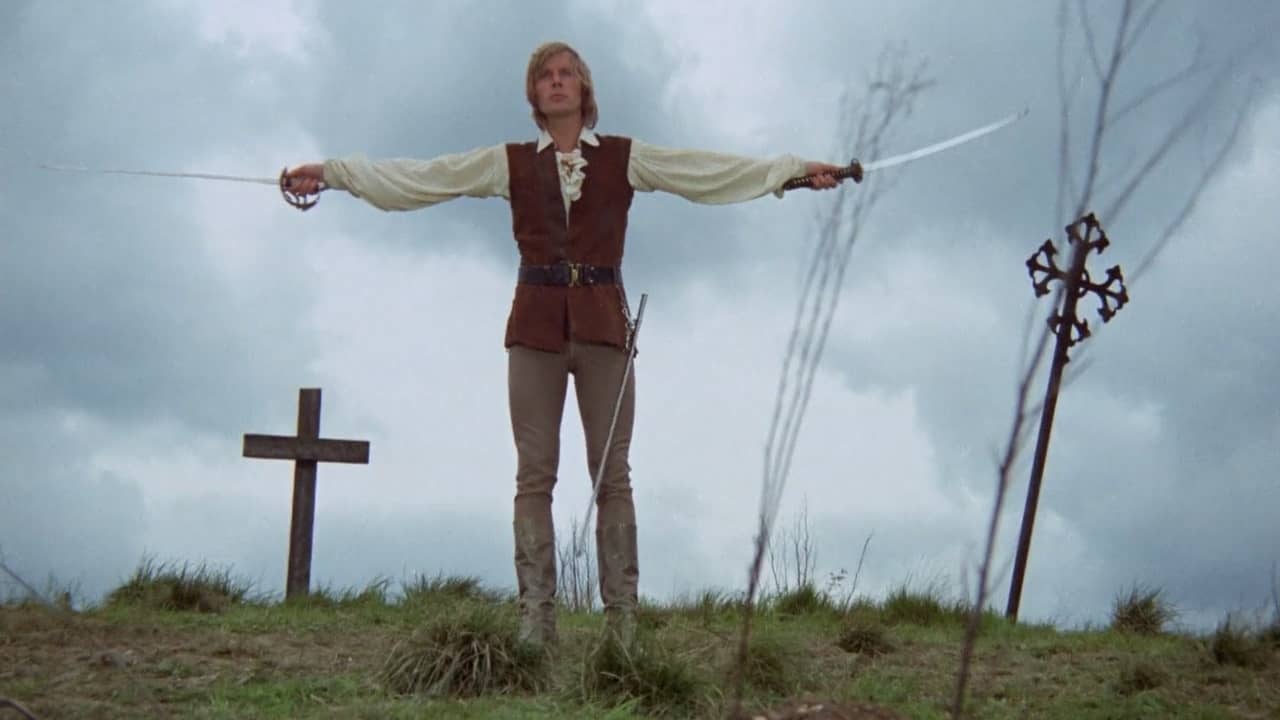
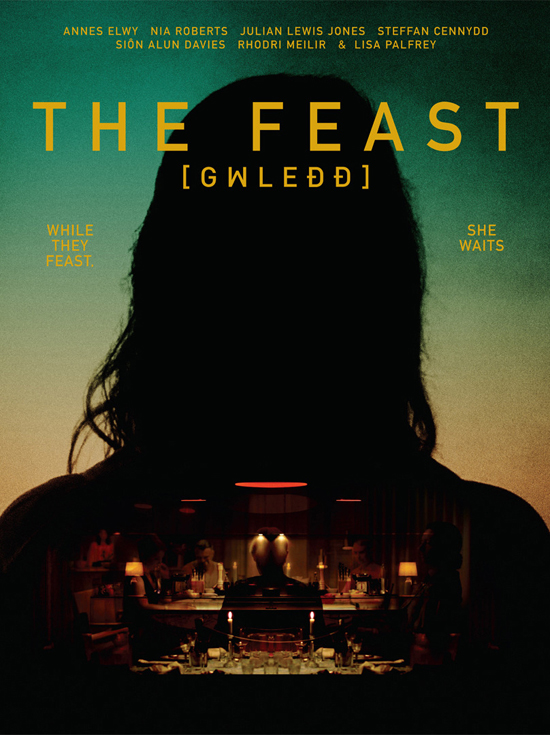
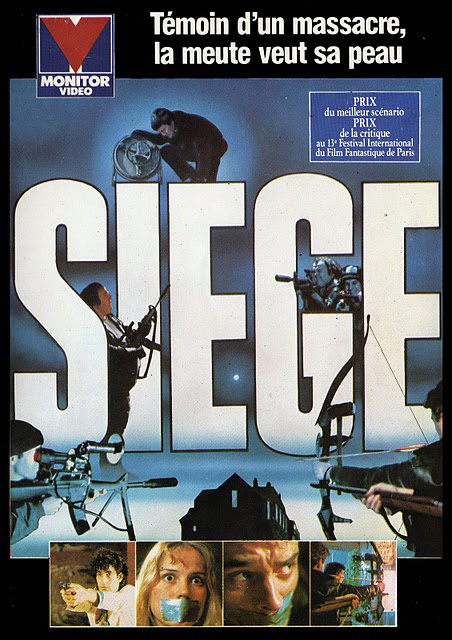 You ever watch one of the long video game cutscenes that passes for movies these days and think “I kinda miss old, raw-looking films, like early Romero and Carpenter. Something that had teeth. Heart. Balls. They don’t make ’em like that anymore.”
You ever watch one of the long video game cutscenes that passes for movies these days and think “I kinda miss old, raw-looking films, like early Romero and Carpenter. Something that had teeth. Heart. Balls. They don’t make ’em like that anymore.”